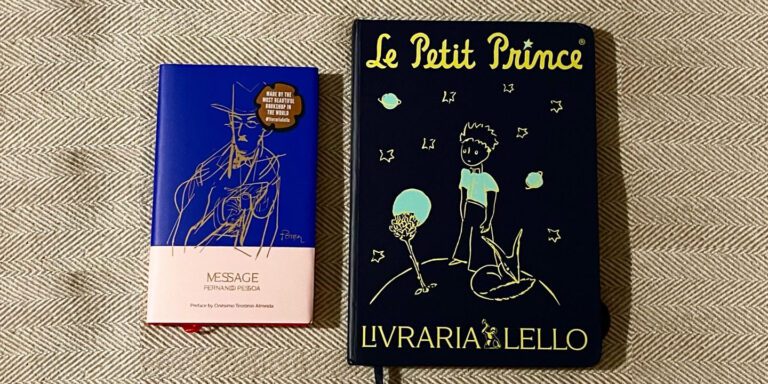
Wednesday night, 7 pm.
I just returned to the hotel from a bookstore. I had to pay about $10 (8 Euro) to get in. I booked the ticket this morning online, choosing a 5:30 entrance window. I was emailed a barcode. I got there about 4:40. I was in the neighborhood and felt done walking for the day. I thought I might get in a bit early.
Nope.
I walked down the street to the Clerigo Church to kill some time. It was an “ABC”—Another Beautiful Church. The altar had the “stairway to heaven” that I’ve seen now in 5 Portuguese churches in the last couple of days. With time to kill, I exhaled and wrote some lines. Then the words turned into a prayer. The first I think I have ever written.
My phone was dying. I was pretty sure I could find my way back to the hotel as I had tried to get into the bookstore late yesterday afternoon. But if the phone died, I would have no digital ticket.
I went back to the bookstore and tried to get in. It was about 5:10.
“Come back in 10 minutes.”
I went into a Cerveseria—mostly to use the bathroom—but felt I should buy a beer to kill the last minutes. They had a Munich Dunkel on draft that was delicious.
Back outside. Now there were 12 or 15 people lined up for the 5:30 time slot where there had been none minutes before.
Things went pretty quickly when 5:30 hit.
It was then I entered “The Most Beautiful Bookstore in the World”—Livraria Lello.
It is so popular for selfie cultists that they needed to start charging admission to deter freeloaders.
It is beautiful. It would be even more so if it wasn’t for all the people wandering up and down the stairs gawking (like me.)
Of course, I was there on a professional mission—to take pictures for this story—and to see just how beautiful it is.
Art Deco curves and waves everywhere. A large colorful backlit stained glass ceiling panel.
I was continually stepping out of people’s pictures when I saw an illuminated The Little Prince in a small display room at the rear.
Of course, I headed for that. The Little Prince is a defining book in my life. When I got closer, I saw that in the center of the illumination was St. Exupery’s identity bracelet. It is the first artifact ever found of his presumed crash into the Mediterranean Sea on July 31, 1944. Was he shot down? No one knows. A fisherman found it in 1998.
It took my breath away. Coincidence. Serendipity. I was so glad I’d made the effort to get into that bookshop.
Then I completed a mission to get an edition of a Fernando Pessoa book in English there.
A guide had recited his “Portuguese Sea” from memory in the Maritime Museum in Lisbon 4 days earlier. The poem had struck me so that I vowed to find a book.
O salty sea, so much of whose salt
Is Portugal’s tears! All the mothers
Who had to weep for us to cross you!
All the sons who prayed in vain!
All the brides-to-be who never
Married for you to be ours, O sea!
Was it worth doing? Everything’s worth doing
If the soul of the doer isn’t small.
Whoever would go beyond the Cape
Must go beyond sorrow.
God placed danger and the abyss in the sea,
But he also made it heaven’s mirror.
I knew I could get my 8 Euros refunded if I bought a book. I thought I owed Lello another purchase, though I’m sure they don’t need the money.
Many. Most? All? the books there are Lello proprietary editions of classics.
I bought a Little Prince blank journal that will be my next volume of “memoirs.”
It is a brilliant business concept. Building a better mousetrap. People lining up and paying to get in to your bookstore.
I’ll have to work on that when I return.
Imagine people lining up to pay to get into Wonder Book…
Don’t worry. We ain’t pretty.
Now after a bit of rest, I will take the 700 steps to the Cafe Majestic where supposedly the seed of Harry Potter was hatched in a young English teacher’s mind in the early 90s. She would hang out in the cafe. J. K. Rowling.
She then left an abusive relationship and with a baby fled to Scotland where she “really” wrote her books in a cafe in Edinburgh.
I’ll have my dinner there and finish this story tonight or tomorrow.
It is Friday morning, 5 a.m.
It has been a whirlwind week.
Last evening, I sent off another story. It is a Christmas story that takes place in the fictional bookstore. Round and Round Christmas. It is the 40th story in the series, but this one stands alone.
For some reason, I felt compelled to write a Christmas story. It wasn’t easy. The plot… well, it was “work.”
Even more daunting was writing it with a deadline while cramped in the back row of a bus bumping and swaying in the mountains of northern Portugal.
Today, we will head back south, stopping at a cork factory and an olive oil plant.
I dread finishing this on the bus.
The week has been filled to the brim with sights and sounds and tastes of this beautiful little country that once commanded half the world. (The pope once split all the new discoveries the mariners of the 15th and 16th centuries made in two—giving half to Spain and half to Portugal. Portugal once had control of colonies in China, India, Indonesia, Africa and South America. Portuguese is still the 5th or 6th most spoken language in the world—think Brazil.)
The dinner at the Majestic was wonderful. It is a stunning Belle Epoque cafe filled with marble and wood. The staff dresses formally. White linen tops and black pants. I ordered cod prepared Porto style—for that’s where this story begins (or ends actually.) Porto. An appetizer of tuna salad, olives, olive oil and bread. A glass of pink Portuguese “champagne.” The waitress first cast a fresh linen tablecloth over the square marble bistro table near the front window. Outside, it was a bustling pedestrianized street full of shoppers going to and fro.
For Christmas is in full swing in Portugal. Ghosts of carols are heard in every town—almost all old and familiar and in American English. From speakers hidden in trees or on lampposts or hung under the eaves on shops, the songs of comfort and joy fade in and out as you walk by. There are Christmas markets set up in every town as well. Portugal understands and supports commerce. Every town has dozens or hundreds of independent shops. Many are quite small. It is like going back in time—before there were shopping centers and then malls and now e-commerce. All the cities we have walked through are vibrant. I wonder how they have survived.
I arrived on Friday morning. It was a pretty difficult flight. I had no sleep, so I spent my first day in Lisbon like the walking dead. I couldn’t check in, so I wandered through the city feeling grungy. I would have loved to have rested a bit, freshened up and changed clothes—but, nope, I was out on the street.
I had no plans and hadn’t studied the city.
I had no idea how the city was laid out, and the map wasn’t very helpful. The enormous Edward VII Park was nearby, so I headed there. It is a long grassy expanse and slopes down to the center city/old town and the water beyond.
(The driver from the airport advised me, “Keep heading downhill. You will end up in the best parts of the city.”)
At the foot of the park, there was a huge Christmas market. “Wonderland Lisboa.”
There was a Ferris wheel and all kinds of kiddie diversions.
Dozens of little wooden huts were lined up, each serving a different interesting traditional food or drink or craft. Each was very tempting, but I walked past them. The huge pillar that is the center of the city with a rather ugly statue atop it (Count Pombal, who helped put the city back together after the devastating earthquake and tsunami of 1755) is like the Piccadilly Circus of Lisbon.
I continued downhill a little, but soon saw coming back would be daunting.
It is a hilly city. I was tired. I surrendered to the Big Red Bus. The hop on / hop off tour buses are an excellent way to get the layout of unfamiliar cities. Also, you get to sit.
Saturday, I used the second day of my 48-hour bus tour.
Sunday, the Globus bus tour began. It devoted only half a day to Lisbon.
The afternoon offered an optional excursion out of town on the bus. The first stop was a palace complex with beautiful formal French gardens—Queluz. It has a Don Quixote bedroom—the King’s, I think. There are painted panels on the roundish walls surrounded by oddly shaped gilt frames. They are scenes from the great novel.
Next was a seaside town—Cascais. It has become a very wealthy exurb of Lisbon. Seasides bore me now. We were given 90 minute “free time.” I wandered around the quaint shops and alleys. I stood on the seawall in a few places and watched the Atlantic. Then I ducked into an Irish pub for a Guinness and a dose of English Premier League soccer on a big screen.
Then we made our way up to Cabo da Roca—the westernmost point on continental Europe. It was strange looking out from the steep cliff knowing the next land was around Washington or Philadelphia.
Then through the mountainous area of Sintra and back to Lisbon.
That evening, those who wished went to a Fado dinner in the old city. The restaurant was in an ancient wine cellar beneath what had once been a palace. The food was great. Four singers performed in front of an excellent guitar trio. The artist playing the “Portuguese guitar” was excellent. His fingers danced around the twelve-string guitar like magic. The singers came out one at a time and sang heartrending songs of loss and love and passion.
Monday
Obidos, Nazare, Alcobaca, Fatima, Tomar.
It looks like a busy day.
Leaving Lisbon, a car cut in front of the bus, and there was a small accident. There was a brief delay while information was exchanged. There’s a deep fog over the Tagus River, which is extremely wide here—we are near where it empties out into the ocean. The enormous estuary which forms a perfect harbor for Lisbon is called the Sea of Straw.
Automatic tickets for speeding can be levied due to a “nanny” card the driver must insert in the bus. If it speeds, then there’s a minimum 500-Euro ticket. The driver has to log his hours via a card as well. If he drives too much, there’s a 1000-Euro minimum fine.
The bus is very crowded. I’ve always counted on having two seats to myself since I pay a “single supplement” for the tour. Not this time. Seating is assigned. I was assigned next to another single—a retired diesel mechanic. Nice guy, but the seating is pretty tight, so writing on the laptop or in the journal would be pretty cramped. BUT the back bench was only occupied by one woman.
“Anyone sitting back there?”
“No. I moved back to give my husband more room.”
So we are sharing 5 seats. (But the woman in front of me has chosen to recline, so I’m tapping this out with tyrannosaurus arms.)
The first stop will be the medieval town of Obidos.
I had a great sleep after Sunday’s marathon. Lately, my chemistry seems to have changed for the better. The major change is zero caffeine. I’ve never been a huge caffeine consumer, but lately it seemed to be a trigger for various issues. I wish I’d discovered that sooner.
Fingers crossed that I keep feeling great.
Obidos
Looking online serendipitously, I found the medieval town apparently has many bookshops. So I planned to be on the lookout for them.
The narrow alleys are cobbled. You walk uphill to a castle with views of the valley below. An ancient aqueduct arches across the plain.
We were almost the first ones there. Many shops were still closed. Others were just opening—the proprietors, almost all women—carrying out some goods to display on their stoops.
I didn’t find any actual bookstores but rather Books and Veggies, Books and Tinned Sardines, Books and Codfish Cakes.
Really!
The latter two just have books as decor—vintage cloth and leather. Portuguese Books by the Foot.
I stopped in St Mary’s and lit a candle. It is an unusual church. Two walls are blue tile. (I was to discover that much of Portugal is tiled.) The ceiling is a barrel vault with a fresco. The altar is very evocative.
I lit a candle to departed family and friends, kneeled and said a prayer. How lucky I am.
“Thank You, God.”
Walking the narrow cobbled main street—barely wide enough for one car—I luckily stepped in to a vegetable shop. Why? I dunno. But they also had books! The walls are lined with fruit crates stacked atop each other up to fifteen feet high. Thousands and thousands of books. But shopping them? Not only are they mostly in Portuguese, but the stability… pulling a book out seemed a high-risk endeavor.
Further down the cobblestone alley, Rita said there was a sardine shop. Tinned sardines are a staple in the country. She said these were good, but you could buy the same thing in the supermarket at one-third the tariff, except that these had pretty Obidos tins with children or maidens in traditional garb. I still haven’t gotten the taste for sardines, but I love tinned anchovies and tuna. I stepped in, and the walls were lined with books. These were purely decorative though—leather likely acquired from a European Books by the Foot. I was going to buy some anchovies on the way out, but then I thought, ‘I’ll have to carry them for a week. I can just order some online.’
(Rita—our tour guide. She has a big personality. Vivacious. Joie de vivre. Big voice. Big laugh. Big fashion. Big hair. And a big brain full of endless data about everything Portugal. She’s a blast!)
The Books and Veg place also sold some booze. Every third shop has a local delicacy—Ginja—out on display. It is a liquor made from Morello cherries. For a Euro, they will serve you a shot in a small chocolate “cup.” When you finish the liquid, you eat your glass.
There was also a codfish cake shop. They had two walls of vintage Books by the Foot as well.
I never saw an actual bookshop—opened or closed.
The narrow cobbled lane takes you to the top, where the crenellated walls spread out far below you. The bottom couple feet of all the walls in town are painted a deep lapis lazuli blue. The shops are charming, and the whole town was made even more so by the Christmas decorations surrounding shop door thresholds as well as out for sale in and outside of the many various shops.
Nazare
It is just another beach town in many ways. Cafes and bistros, bars and cheap gift shops.
But it is also a traditional fishing village. There are dozens of frames on the beach where gutted fish are suspended to dry.
It is also home to some of the biggest waves in the world. The day we were there was calm, Rita informed us. The waves on the cape were only 30 feet high or so. But when the surf is up, they can be much larger.
Alcobaca (al coo basha)
This is yet another charming ancient town full of tiles and cobbled streets and sidewalks cobbled with small black and white (limestone and obsidian) stone cubes in decorative patterns.
There are two small picturesque rivers that meet here. The Alcoa and the Baca (the “c” has a squiggle attached to its base—I forget what it is called, but it is pronounced like “shhh.”)
There are also two love stories associated with the town as well.
The mythic one involves Alcoa and Baca, who wished to get married. She had no dowry, however. Her father somehow failed her, and they could not be married. Their tears fill the two streams forever.
The other is very real. It is a kind of Romeo and Juliet story.
One Prince Pedro was to be married to a Spanish princess. But he fell in love with her lady-in-waiting. He married the princess, doing his duty. But she died giving birth, and Pedro pursued Ines, much to his father’s chagrin. She was not of high enough station. The father recruited nobles to murder her.
When the king died, Pedro became king. Peter the First.
He had Ines (Inez) unburied and dressed her as the queen. Fealty was forced to be paid to her—kissing her dead hand—and then she was reburied. Her ornate tomb is at the front left of the cathedral near the altar. Pedro had his tomb built facing hers so that when they arise on judgment day, her face will be the first thing he sees.
(Rita… she is also an optimistic fatalist. “It is what it is.” is a favorite phrase. If you broke your leg, she would offer—”Be glad both weren’t broken.” Her upbeat manner keeps the group from being grumpy. But she is also demanding—demanding timeliness most of all. She engages everyone involved at every stop—hotel, restaurant, sight—and everyone seems to know her. Scheduling can be tight. The driver must not risk an overtime fine. If things aren’t ready for us when we arrive somewhere, she is on the phone tracking the right person down.)
Fatima
I was looking forward to this. I like miracles.
On May 13, 1917, three peasant children had taken their family’s sheep to graze in the wilderness. The Virgin Mary appeared to them above an oak bush. I won’t go into what she said to them. You can read the whole story here.
Mary—the Lady of Fatima—reappeared on the 13th of the month for the next 6 months.
The children were tested by authorities who tried to debunk their visions.
The children conveyed some of what Mary said to them, but also kept some secrets under the Virgin’s direction.
There were also predictions.
Certain things needed to be done to secure world peace.
One of the predictions involved a great bishop clothed in white being the victim of an assassination attempt. Pope John Paul II was shot in St Peter’s Square on May 13, 1981.
Lucia—the last surviving witness said they were given three secrets. She divulged two before her death. The third she wrote down and sealed in envelope, saying it could not be opened for many years (1960.) Many believe the third secret involves Revelation and the Apocalypse (I visited the cave in Patmos, Greece, where St John wrote the Book of Revelation—last spring.) They also believe the Vatican has withheld this secret because of potentially upsetting consequences should it become known.
The bit of wilderness has turned into a vast shrine.
Two huge churches have been constructed.
It was a quiet, calm and late in the day when we visited. Maybe a thousand people were milling about. Mass was being given in a chapel off to one side. While I was there, perhaps a half-dozen people were walking around a quarter mile smooth marble “track” on their knees. It is an act to be blessed and cured of whatever affliction they have.
There was also what appeared to be a huge stainless steel “barbecue.” It was for votive candles. These were for sale on the honor system in a large covered “hut” behind it. They were very inexpensive. Some were four or five feet tall. I bought a big one—about 20 inches tall and two inches in diameter. It cost 2 Euros. I took it to the “grill” and lit it and said my prayers.
Hundreds of others had done the same.
I got the tingles a number of times on the site.
As I was crossing the huge cobbled square, I looked into the cloudy sky to the west. The sun burned through a small vague circle in the otherwise cloud-filled sky. I looked for recognizable shapes and then looked away, a bit frightened. When I looked back, the clouds had again filled.
On October 13, 1917—the date of Mary’s last appearance to the children—there was a celestial miracle witnessed by perhaps 70,000 people.
Tomar
That evening, we pulled into the Knights Templar town of Tomar.
Our hotel was named Hotel dos Templarios.
We were given some free time before dinner. I chose to explore the cobbled streets and sidewalks of Tomar.
A huge castle atop the hill above town dominates the town.
There were shops—mostly just closing. The ghostly American versions of Christmas carols whispered through invisible speakers that always seemed to be some distance away.
A stern ancient king stared down at me in the town square.
The next morning, we went up the hill to the vast Templar castle complex. It is called the Convent of Christ, and it is a UNESCO Heritage site. It was not a convent in the usual meaning.
One highlight is the Charola or Templar Chapel. It is a masterpiece of ornate stonework and color.
Another is the Manueline Window. A large carved-stone window frame with many symbols of the Templars and their successor the Order of Christ.
It was interesting to relearn the story of the Templars and how they ended up. (Not well.)
From there, we drove to the university town of Coimbra. The school was founded in 1290. There’s a mystical quality to the city and especially to the campus atop the hill. Many of the students wear the school uniform, which includes a cape. (Another Portuguese claim to Harry Potter inspiration.)
There’s a kind of quad overseen by yet another stern stone king. The last leaves were flitting off the small saplings—I think maybe they were ginkgo trees.
Across the quad was the entrance to the chapel. It was only open by appointment, I think. Rita banged on the door, and a friend opened it for her. It was Baroque in full blossom.
This was the first altar to display steps.
These symbolize the steps one must take to enter the Kingdom of Heaven.
I prefer to think of it as a stairway to heaven.
At the end of the building is the Biblioteca Joanina. It is a breathtaking Baroque library with many rare and beautiful books.
I didn’t know I wasn’t supposed to take pictures until I took this one.
You can see more images using the link above.
Oddly, much of the library furniture is covered. I think this may have something to do with their pest control. Apparently, there are issues with bugs. They must be flying bugs (so I’m not sure what they could be) but they use bats (the flying nocturnal mammals) to control them.
Really!
We were told at night they sometimes open the very tall wooden double doors to allow the animals to fly in and eat the bugs.
The gift shop even offers a coloring book about this.
So I don’t think we were being teased.
It is nearing noon on Friday in Portugal. We are driving south in some mountains which has made writing this problematic. We are close to the Spanish border.
It has been a fascinating trip so far. Temperatures have been in the 50s and 60s and mostly clear. The country is quite green. Many things are in bloom.
It has been good to get away, but I’m anxious to get back to the dogs and the books.

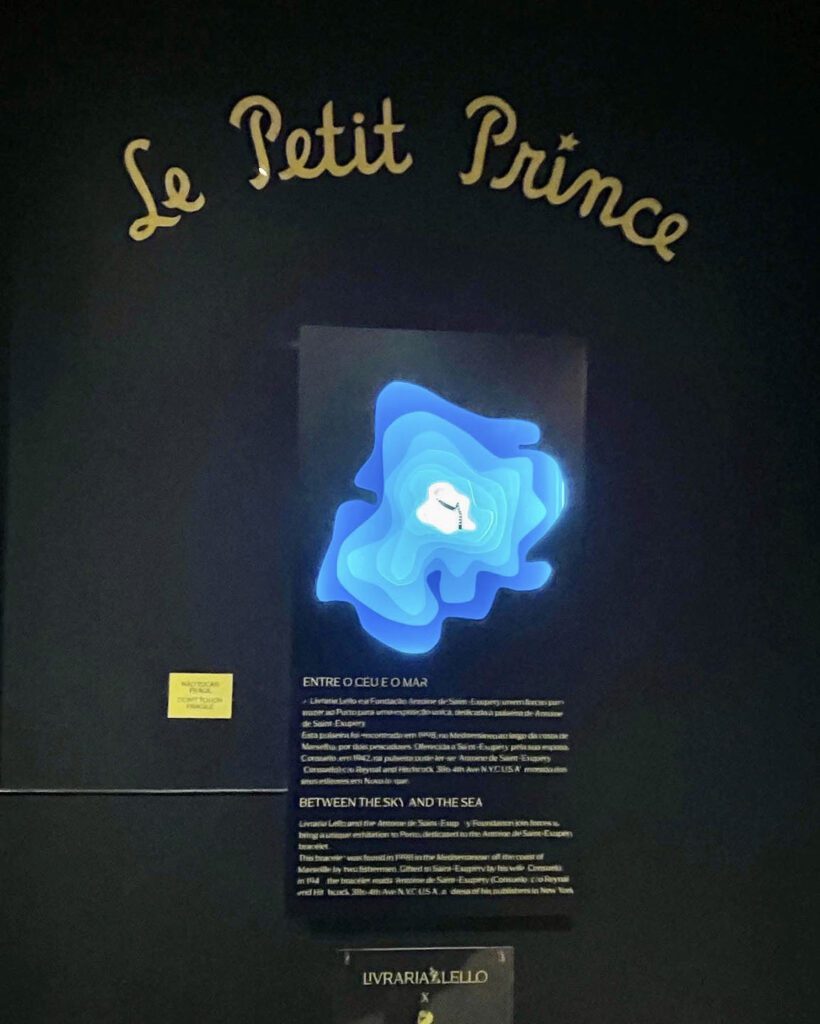
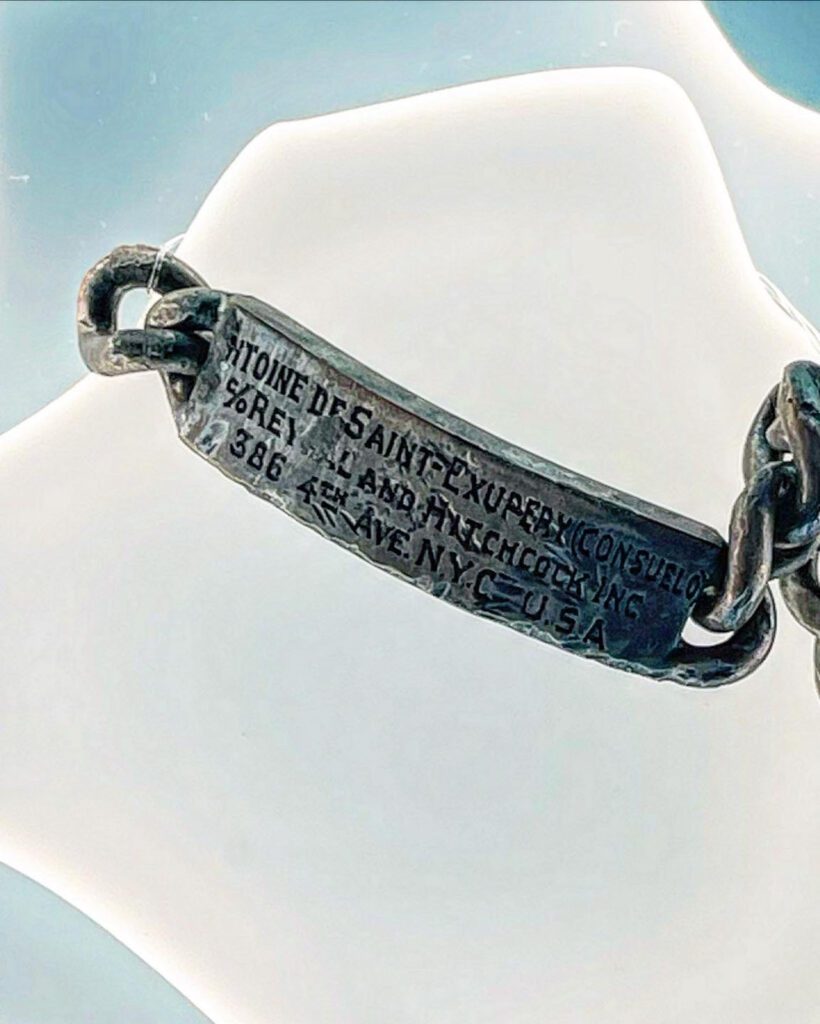
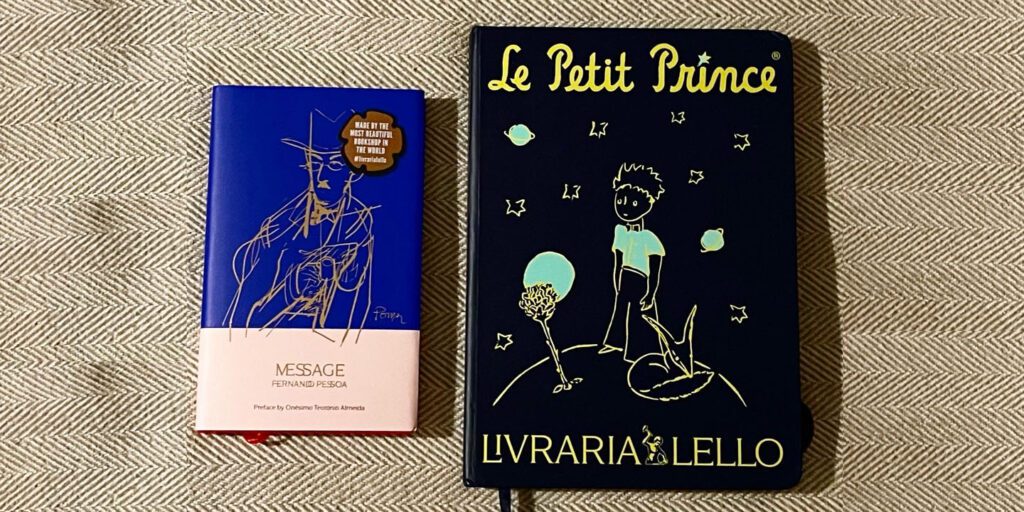
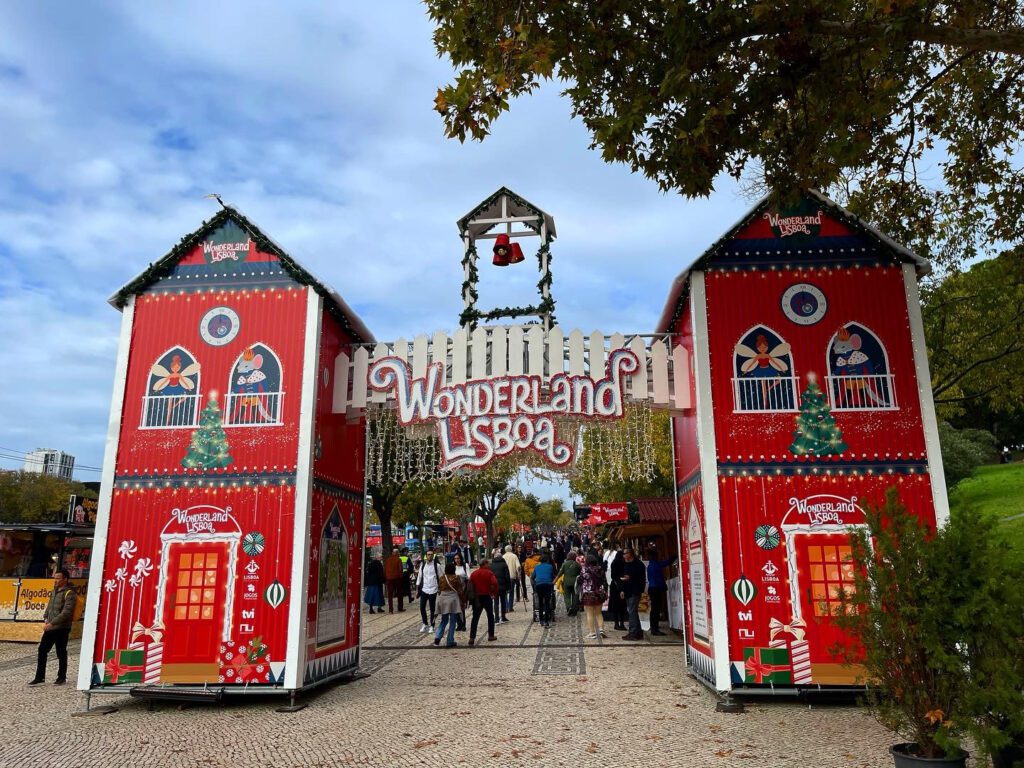
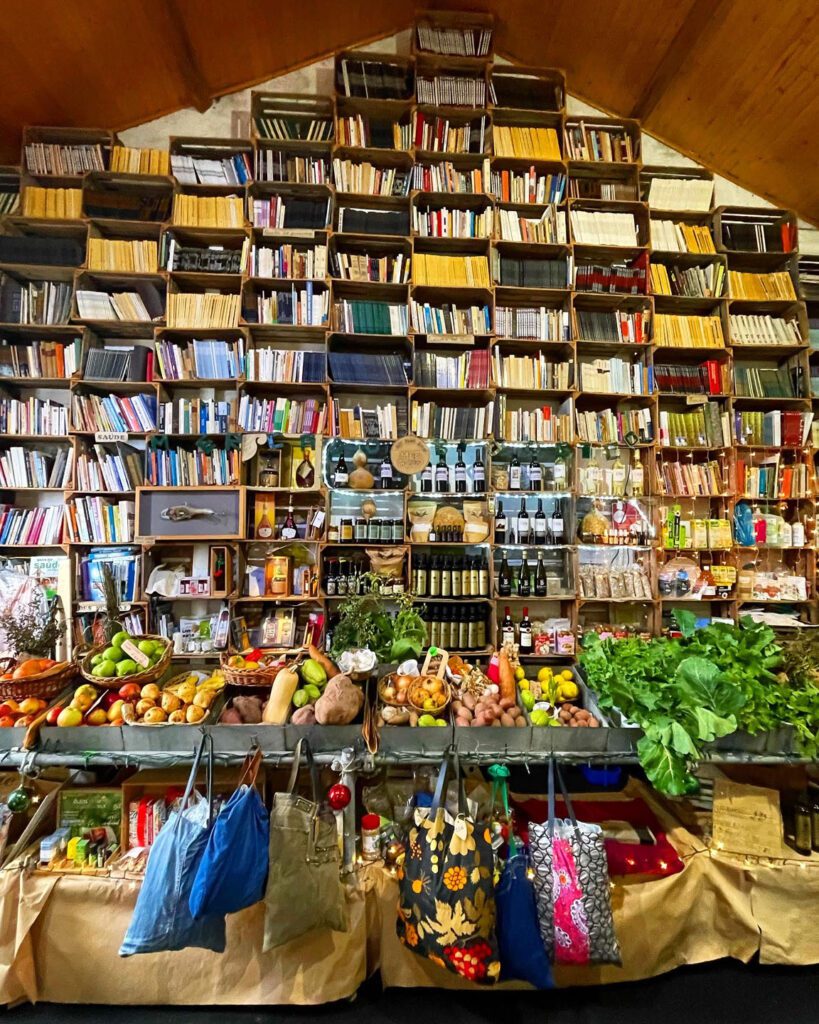
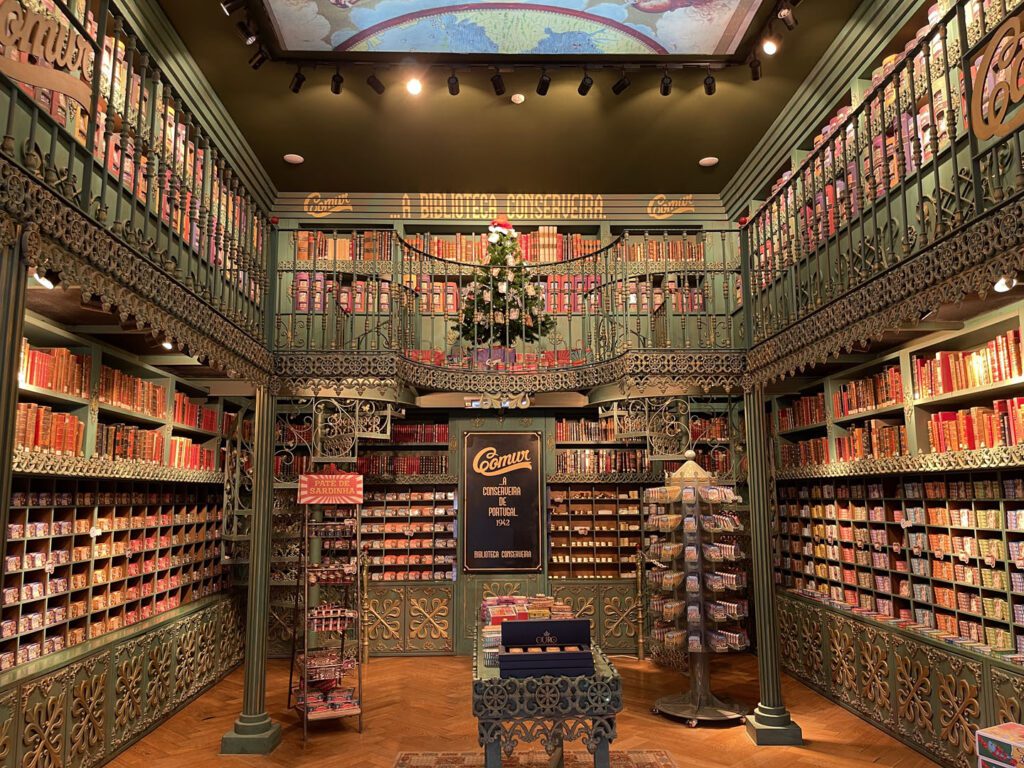
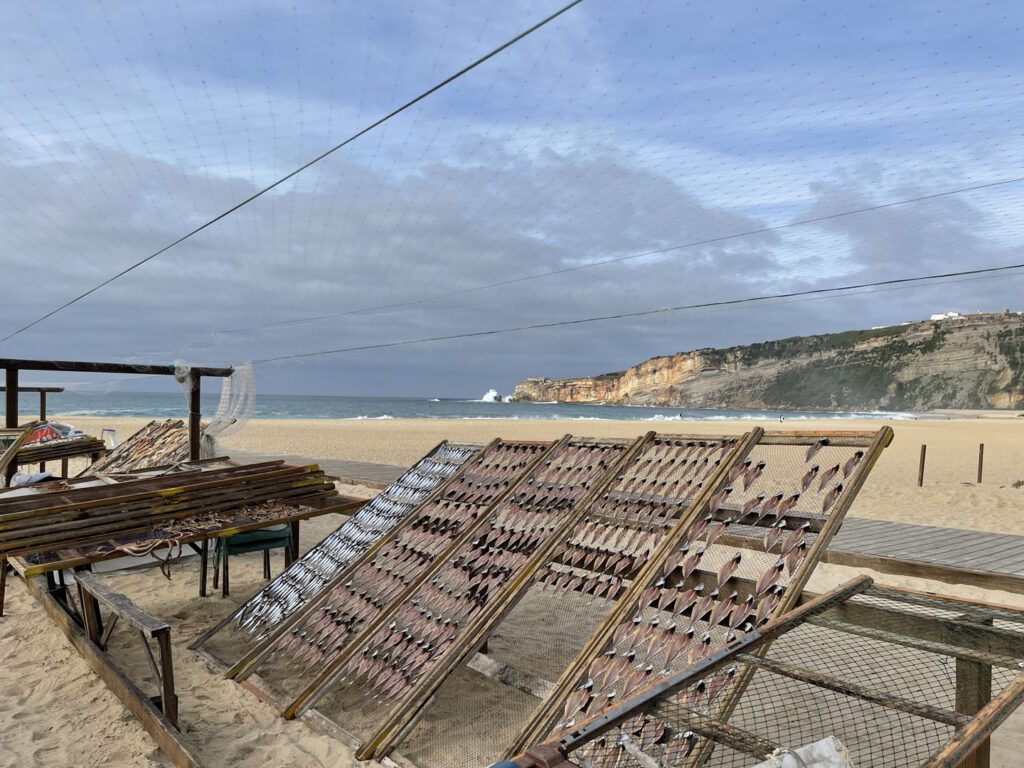
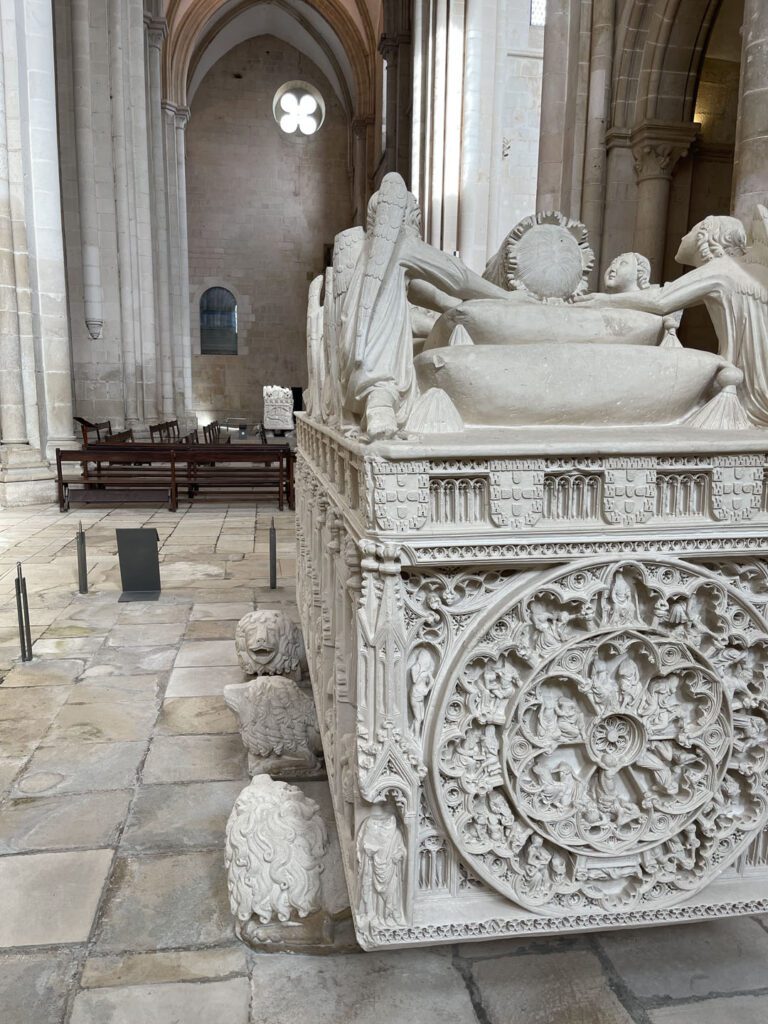
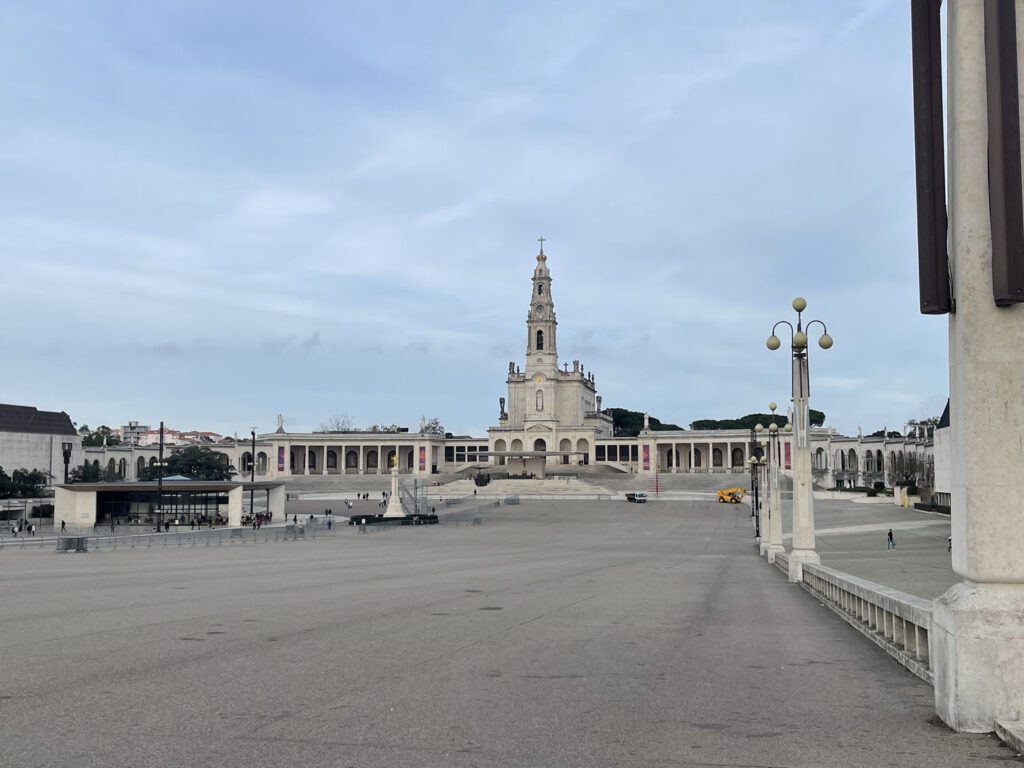
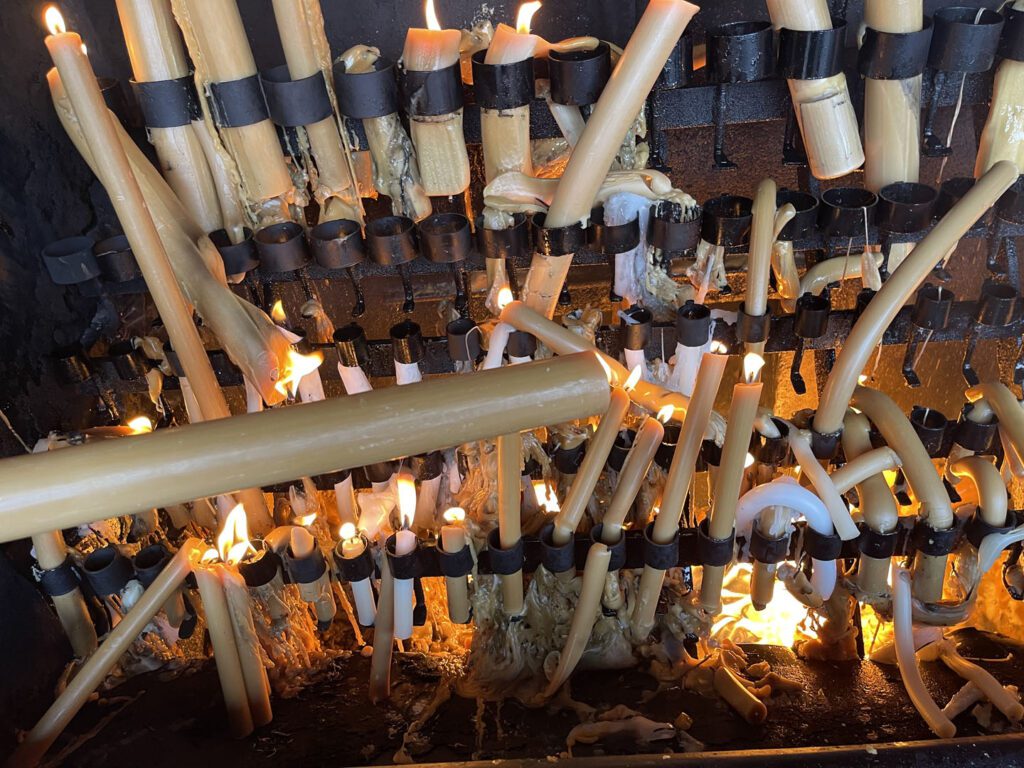
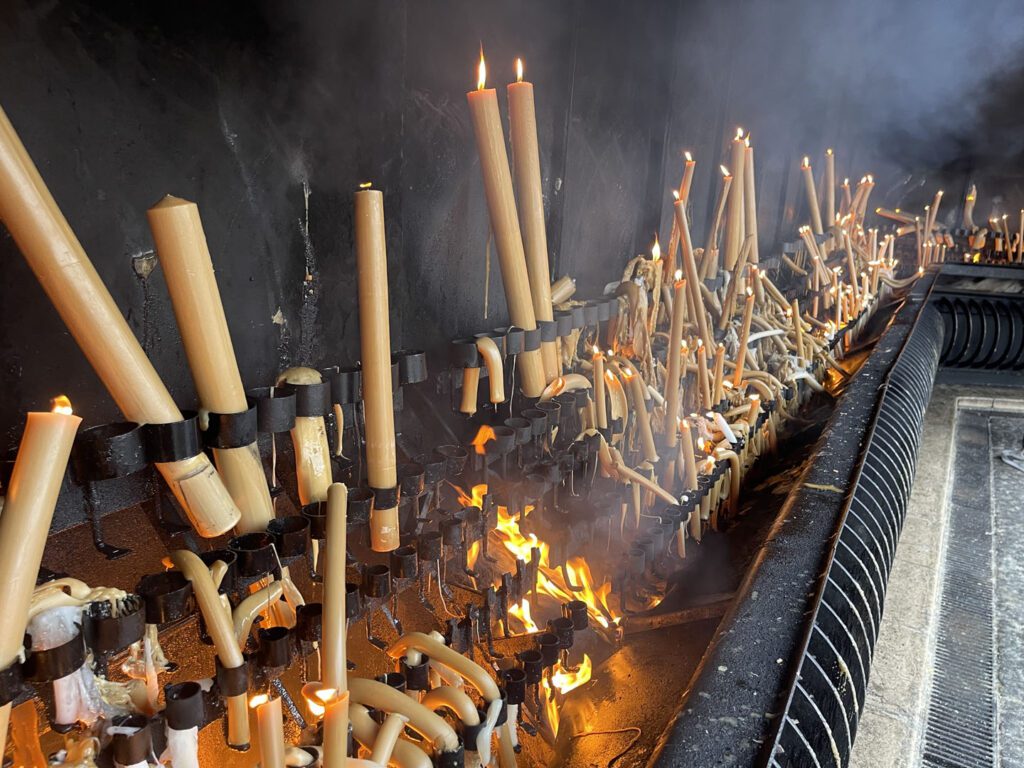
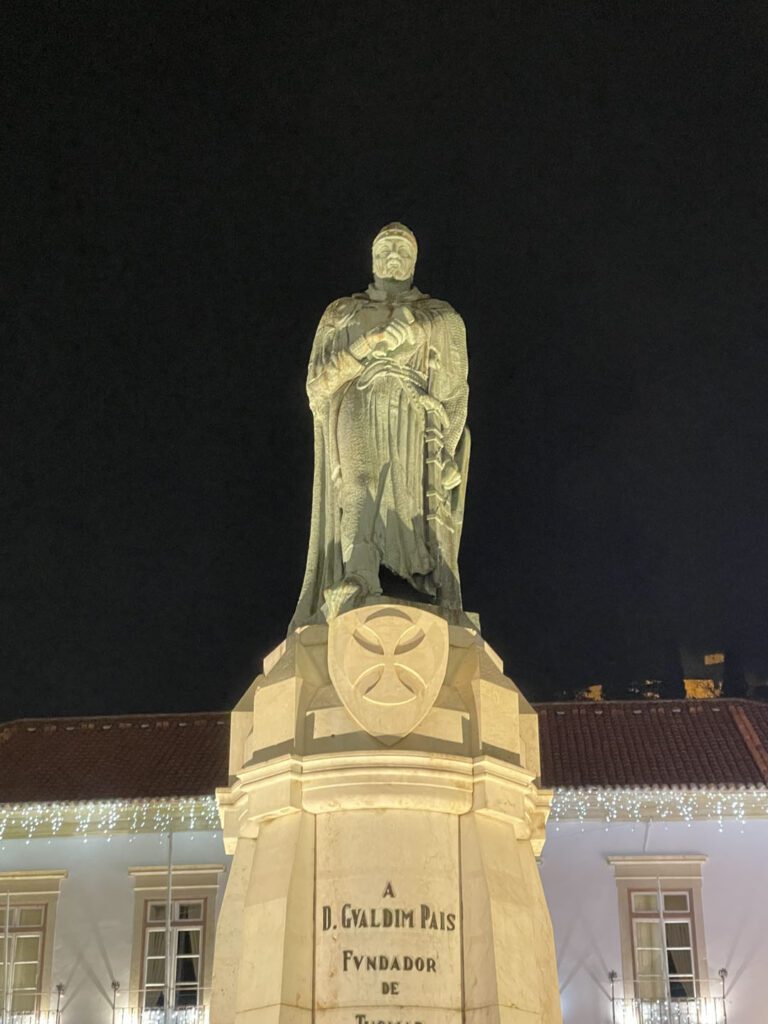
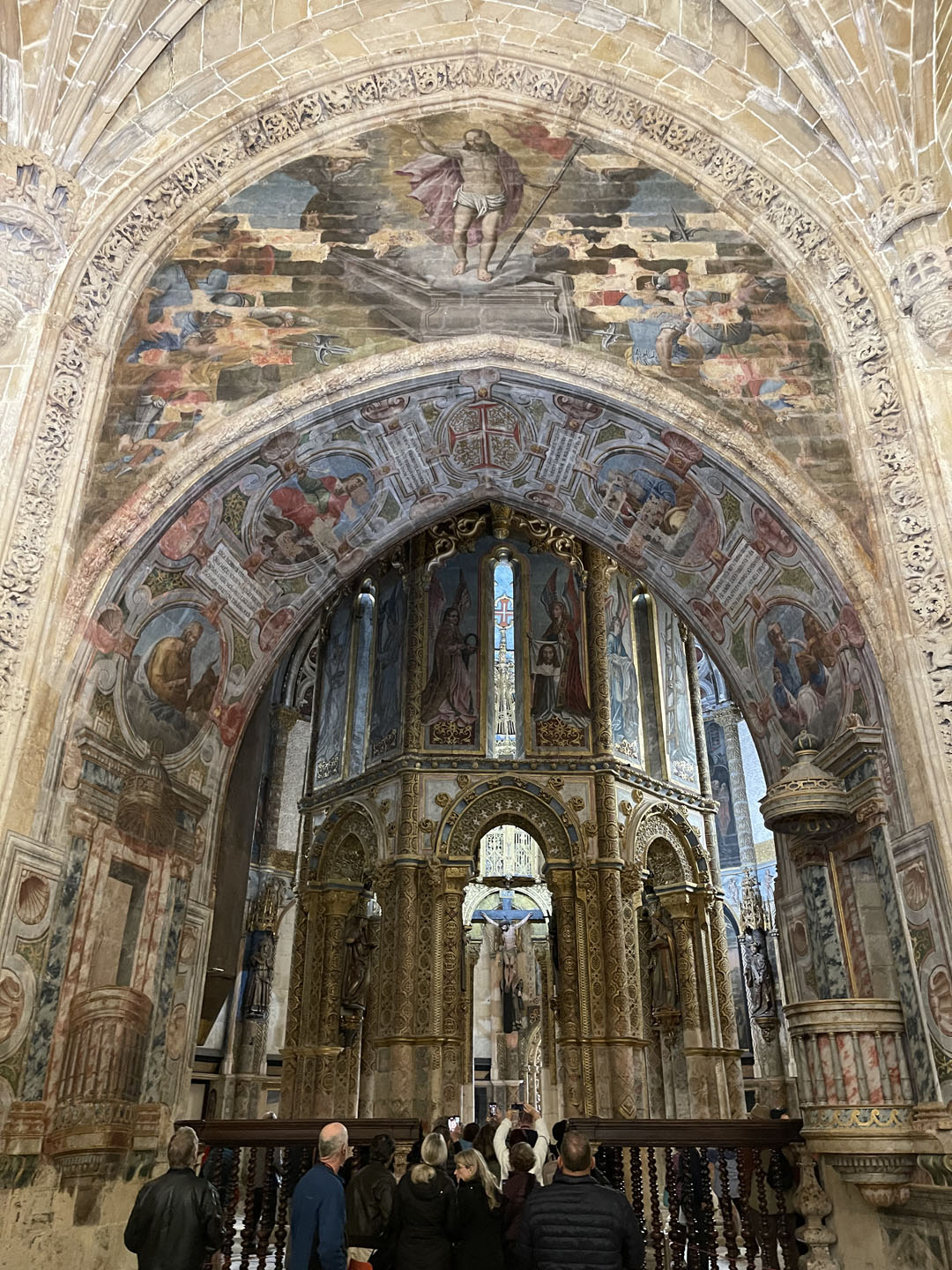
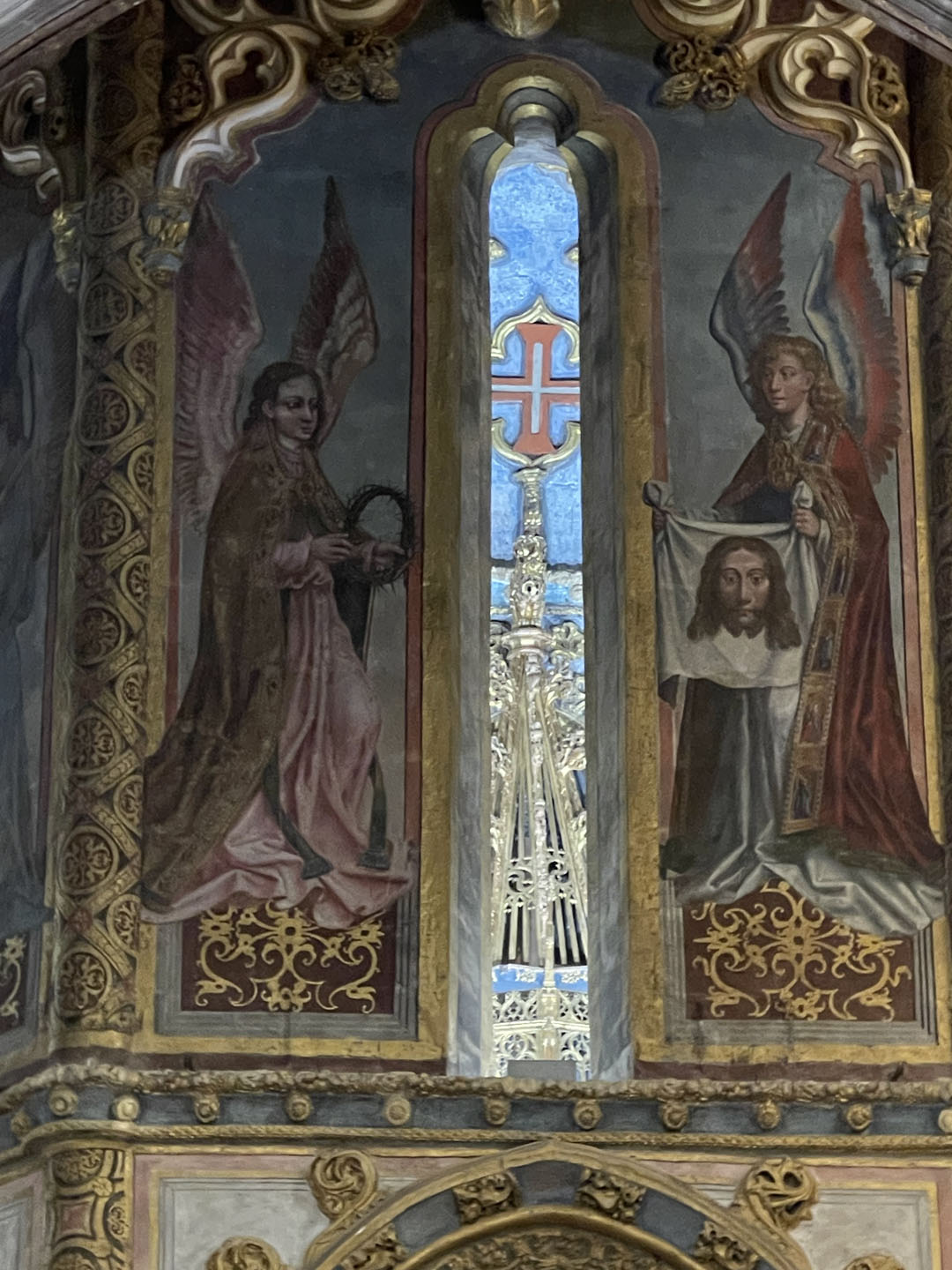
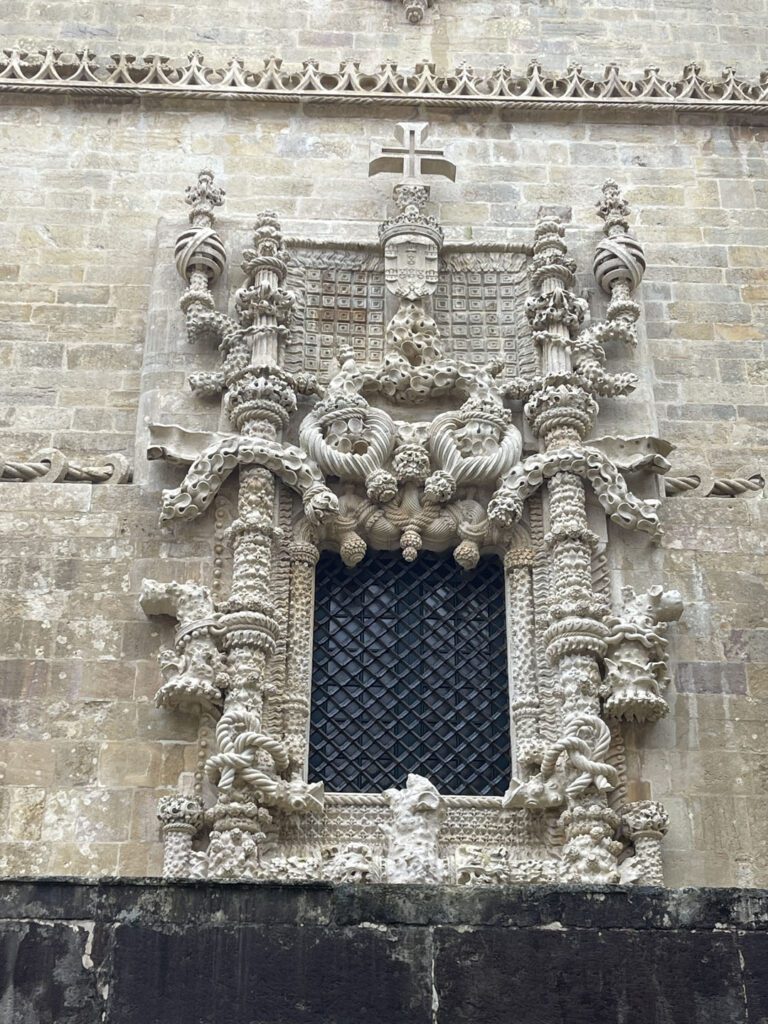
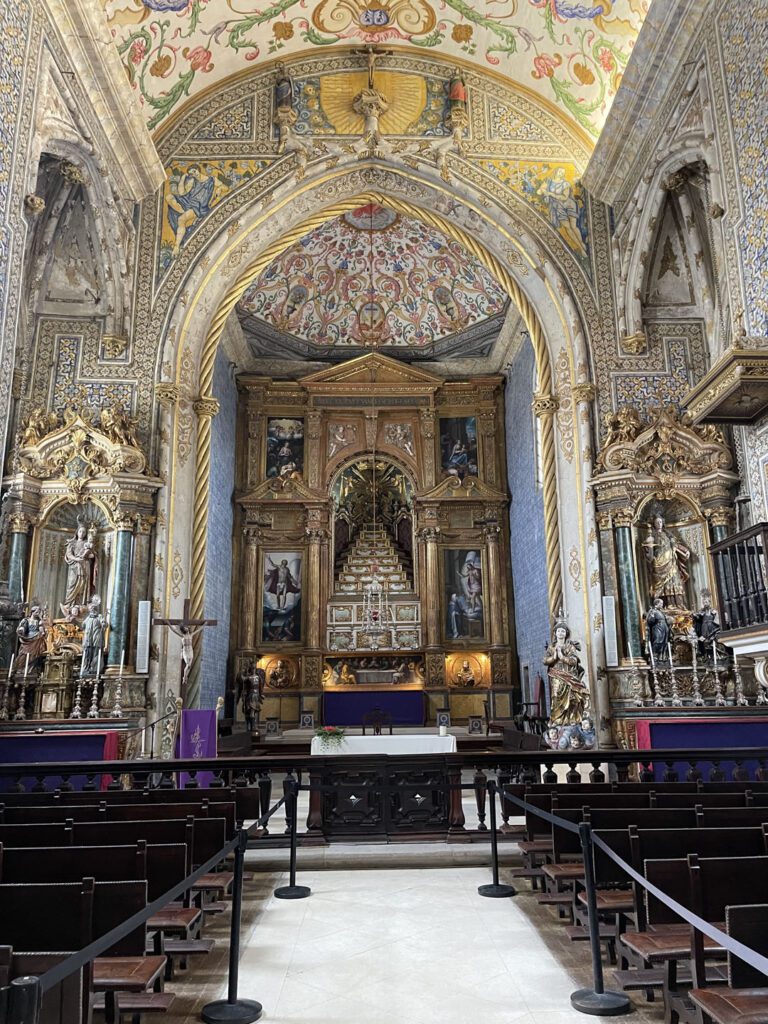
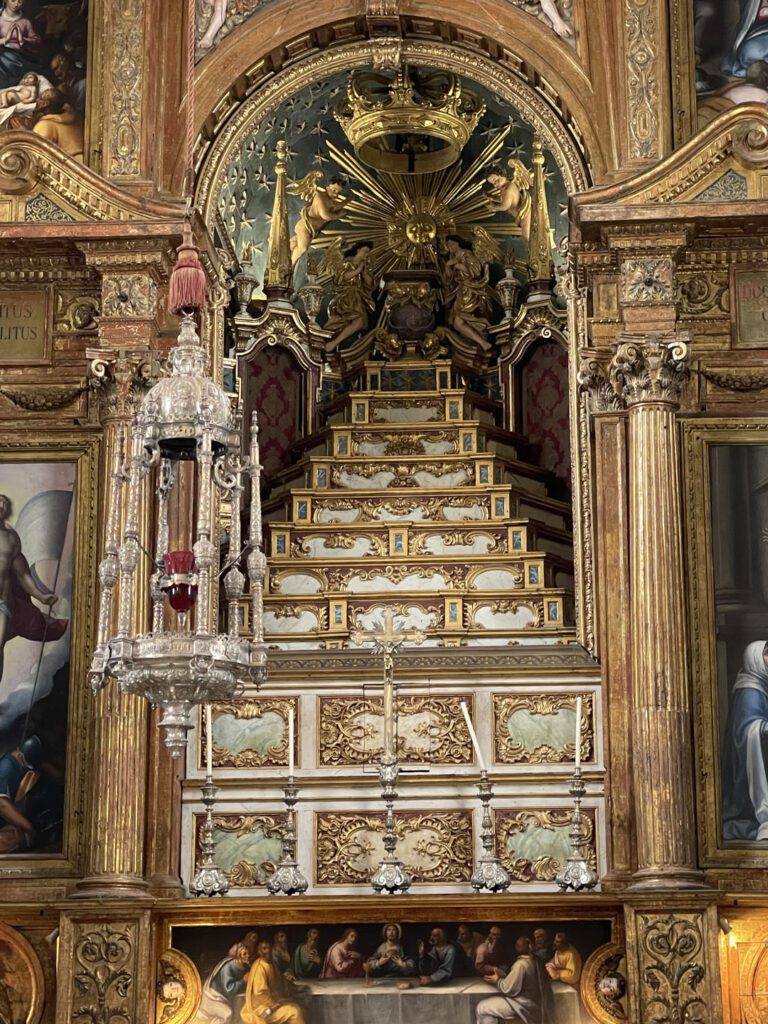
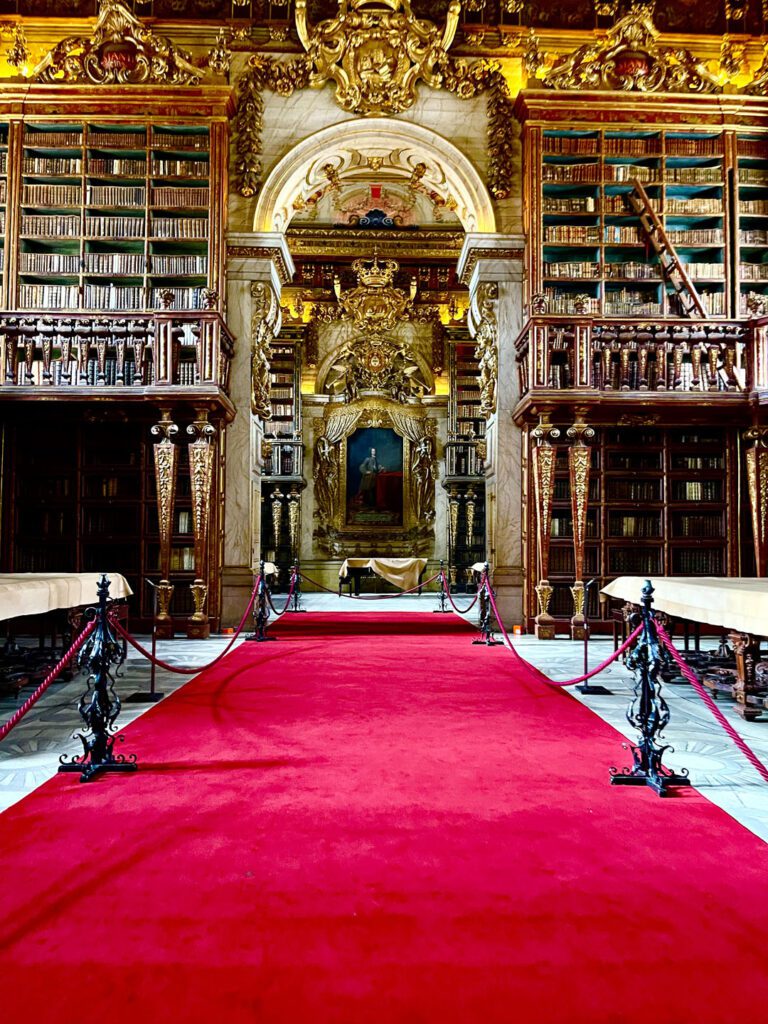
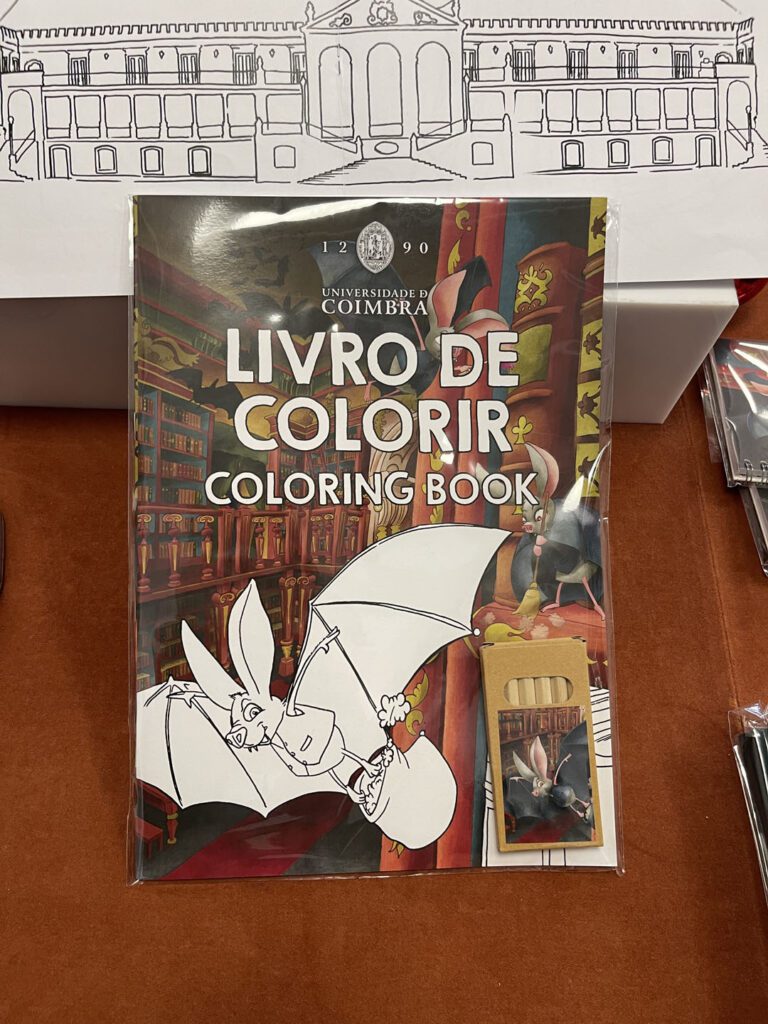
Charles,
Last week you mentioned that you watched Midnight in Paris. We had seen the movie when it first came out, but could not remember the full story line. So, we got it from the library and watched it last night. It was great! So, I have a question for you.
What “Golden Era” in what city, in what year would Charles Roberts like to time travel to? Why?
Ken
That movie just strikes me on so many levels.
The casting is amazing.
I would be in the protagonist’s camp (who certainly has Woody Allen’s voice).
I’d like to visit some past times.
But I’d be scared with primitive medicine. No antibiotocs etc …
Thanks so much for reading the story and commenting!
Chuck
addendum …
But it would be London – in numerous eras …
Chuck
I was fascinated reading about the bats protecting the books from bugs and did a quick search. Here’s a link to a couple of articles – one in a pest control magazine and one from The Smithsonian Magazine.
My sister is a librarian – I can’t wait to hear her response to this!
https://www.pest-news.com/bats-in-portuguese-libraries/
https://www.smithsonianmag.com/smart-news/bats-act-as-pest-control-at-two-old-portuguese-libraries-9950711/
My first thought was that someone was teasing our guide.
Until I went into their bookstore I thought there also may have been some issue in translation.
It still doesn’t make sense on many levels. But with your links maybe I’ll under the method behind the …
Thank you so much for taking the time to comment!
Best
Chuck